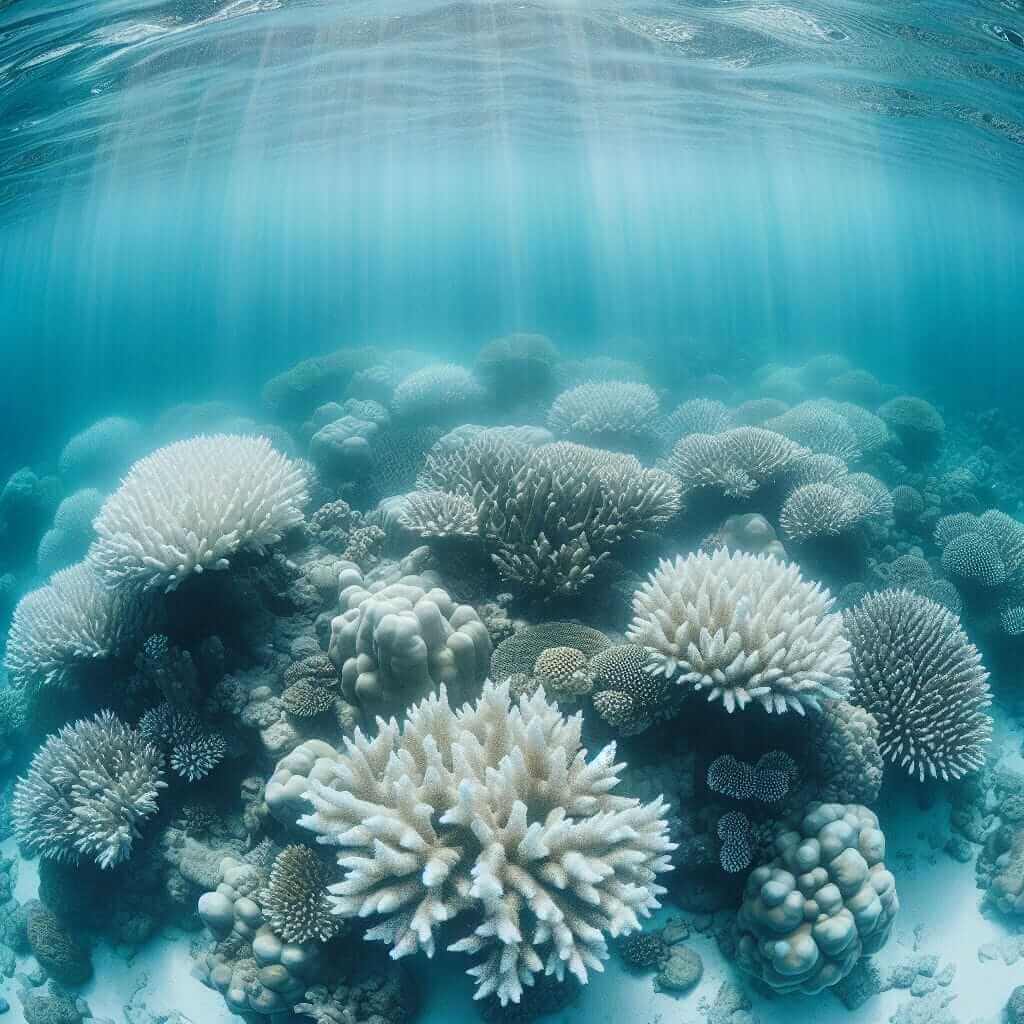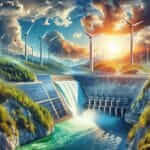The IELTS Reading test is a crucial part of the IELTS exam, evaluating your ability to understand and interpret texts on various topics. One recurring theme is the effects of climate change on biodiversity, a critical issue in today’s world. In this article, we will explore this theme through a practice reading passage, questions, and detailed answers to help you prepare effectively. Given the increasing relevance of climate change and biodiversity, this topic is likely to appear in future IELTS exams.
Practice Reading Passage
The practice passage provided below is designed to reflect the structure and complexity of a typical IELTS Reading test. The passage is categorized as a Medium Text.
The Impact of Climate Change on Biodiversity
Climate change is increasingly posing significant threats to biodiversity all over the world. Changes in temperature, precipitation patterns, and sea levels are altering the habitats and lifestyles of various species, leading to devastating impacts on ecosystems. This phenomenon not only affects wildlife but also has profound implications for human societies that rely on these ecosystems for resources and services.
Rising Temperatures
One of the most direct effects of climate change is the increase in global temperatures. Many species are unable to adapt quickly to these rapid changes, causing shifts in their habitats. For example, polar bears, which depend on sea ice for hunting, are seeing their habitats shrink. Similarly, higher temperatures can lead to the bleaching of coral reefs, which are vital to marine biodiversity.
 coral bleaching
coral bleaching
Changing Precipitation Patterns
Changes in precipitation patterns also disrupt ecosystems. Many plants and animals have specific requirements for rainfall, and any deviation from these patterns can be disastrous. Extended droughts can lead to water shortages, which not only affect the species directly but also the overall health of the ecosystem. For instance, amphibians, which rely heavily on consistent moisture for survival, are particularly vulnerable to fluctuations in precipitation.
Rising Sea Levels
Rising sea levels caused by melting polar ice caps contribute to the loss of coastal habitats. Mangroves and estuaries, which serve as nurseries for many marine species, are at risk. The destruction of these habitats can lead to a decrease in fish populations, affecting not only marine biodiversity but also the human communities that depend on fishing for their livelihoods.
Human Implications
Biodiversity loss due to climate change also has significant implications for human societies. Ecosystems provide essential services, such as clean water, air, and fertile soil for agriculture. The decline in biodiversity can lead to food and water shortages, health issues, and economic instability. Moreover, traditional knowledge and cultures that are closely tied to local biodiversity are also at risk.
Overall, the ongoing changes due to climate change are creating a cascade of effects on biodiversity, which ultimately impact ecosystem stability and human well-being.
Questions
Multiple Choice Questions
-
What is one of the direct effects of rising global temperatures on wildlife?
a) Increased food availability
b) Shift in habitats
c) Improved breeding conditions
d) Reduction in water levels -
What is the consequence of changing precipitation patterns on amphibians?
a) Improved mating rituals
b) Increased food supply
c) Higher survival rates
d) Vulnerability to moisture fluctuations -
Which of the following coastal habitats are threatened by rising sea levels?
a) Deserts
b) Coral reefs
c) Mangroves
d) Tundras
True/False/Not Given
- Polar bears are adapting well to the shrinking sea ice caused by rising temperatures.
- Extended droughts improve the health of amphibian populations.
- Biodiversity loss due to climate change only affects wildlife.
Answers
- b) Shift in habitats
- d) Vulnerability to moisture fluctuations
- c) Mangroves
- False
- False
- False
Answer Explanations
- “Shift in habitats” is the correct answer because rising temperatures force many species to move to more suitable habitats, as discussed in the paragraph about rising temperatures.
- “Vulnerability to moisture fluctuations” is correct because the passage mentions that amphibians are particularly vulnerable to such changes.
- “Mangroves” is the right answer as the passage states that rising sea levels threaten these coastal habitats.
- False: The passage indicates that polar bears are struggling with shrinking sea ice, not adapting well.
- False: The passage clearly states that droughts lead to water shortages, negatively affecting amphibians.
- False: The passage explains that biodiversity loss impacts both wildlife and human societies.
Common Mistakes
- Misinterpreting Information: Students often misinterpret details in the passage. Always re-read the relevant sections to ensure you understand the context.
- Overlooking Key Terms: Pay close attention to specific terms like “adapt,” “habitats,” and “precipitation patterns,” as these can guide you to the correct answers.
Vocabulary
Here are some challenging words from the passage along with their meanings:
- Biodiversity (noun) [ˌbaɪ.oʊ.dəˈvɝː.sə.t̬i] – the variety of plant and animal life in the world or in a particular habitat.
- Precipitation (noun) [prɪˌsɪpɪˈteɪʃn] – rain, snow, sleet, or hail that falls to the ground.
- Ecosystem (noun) [ˈikoʊ.sɪstəm] – a biological community of interacting organisms and their physical environment.
- Estuaries (noun) [ˈestʃuˌɛriz] – the tidal mouth of a large river, where the tide meets the stream.
Grammar
The passage contains compound and complex sentence structures vital for high-level comprehension:
Compound Sentence Example
“Changes in temperature, precipitation patterns, and sea levels are altering the habitats and lifestyles of various species, leading to devastating impacts on ecosystems.”
Complex Sentence Example
“Although the destruction of coastal habitats like mangroves can lead to a decrease in fish populations, it also impacts the human communities that depend on fishing for their livelihoods.”
Advice for High IELTS Reading Scores
- Practice Regularly: Make reading a daily habit. The more you read, the better you become at understanding different texts.
- Time Management: Practice under timed conditions to get used to the pace of the test.
- Identify Keywords: Highlight or underline key terms in the questions to help locate information in the passage quickly.
- Expand Your Vocabulary: Read diverse materials like academic journals, articles, and books to build a robust vocabulary.
- Review Mistakes: Always review your incorrect answers to understand where you went wrong and how to improve.
For further reading, you might find these articles on our site helpful:


